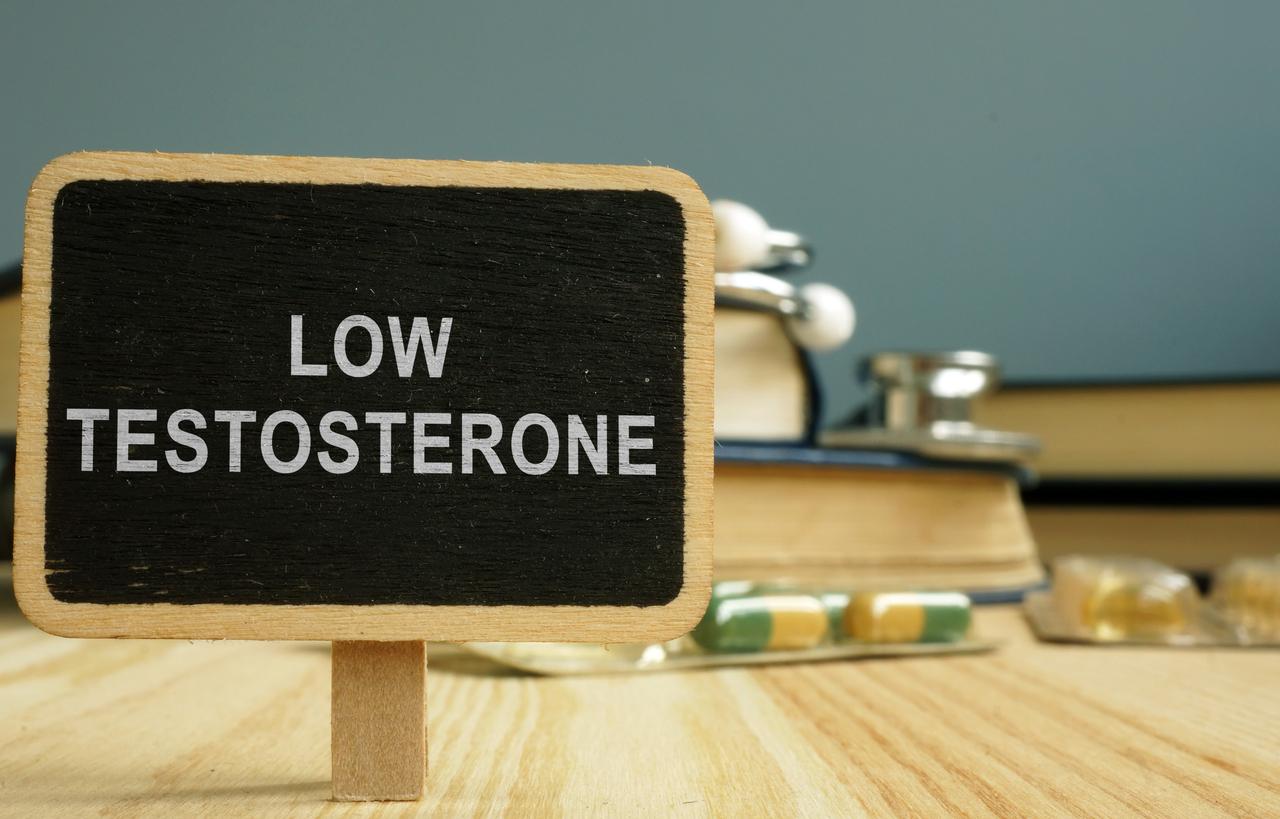Overuse of anabolic androgenic steroids (AAS) could affect the function of Leydig cells, which grow in the testicles and secrete increasing amounts of testosterone, for years.

- Men who abuse anabolic androgenic steroids are reported to have low levels of insulin-like factor 3 (INSL3), a promising biomarker of testicular function.
- This low level of INSL3 suggests an alteration of the testicular function, more precisely of the Leydig cells, developed in the testicles, which produce testosterone.
They are used illegally by some athletes to increase protein production in cells, strength and muscle mass. Anabolic androgenic steroids (AAS), considered doping products by the World Anti-Doping Agency, are a class of hormones linked to a male hormone: testosterone.
These products are known to be harmful to the heart and the brain. Recently, Danish researchers revealed in a study that men who abuse it could see their testicular function impaired for many years. The results of their work, supported by the organization Anti Doping Denmark, have been published in review The Journal of Clinical Endocrinology & Metabolism.
INSL3, “a promising biological marker of testicular function”
To reach this conclusion, the scientists identified a hormone made by Leydig cells, ie testicular cells that produce testosterone, as a promising biological marker of testicular function. “Because blood levels of testosterone can vary widely throughout the day and with body composition, Dr. Rasmussen and his colleagues are investigating a marker that is more stable than testosterone, called insulin-like factor 3 (INSL3)” , can we read in a statement.
The study authors conducted their research with 132 men between the ages of 18 and 50 who exercised recreationally. The participants were divided into three groups. The first, consisting of 46 people, was using anabolic androgenic steroids at the time of the study. In the second group, the participants no longer used these products. The rest of the men have never used anabolic steroids.
Low INSL3 levels in steroid users
According to the results, INSL3 levels were lower in former steroid users and people who were using these products at the time of the study than in men who had never taken steroids. The researchers found that the longer the duration of steroid use, the lower the INSL3 levels.“Our results suggest long-lasting impairment of gonadal capacity (the sex organ that produces gametes) in former anabolic steroid users,” said Jon J. Rasmussen, lead author of the work.
According to the researcher, this work “raise the question of whether some former anabolic steroid users should receive medical stimulation therapy to increase the capacity of Leydig cells in the testes.”
.

















